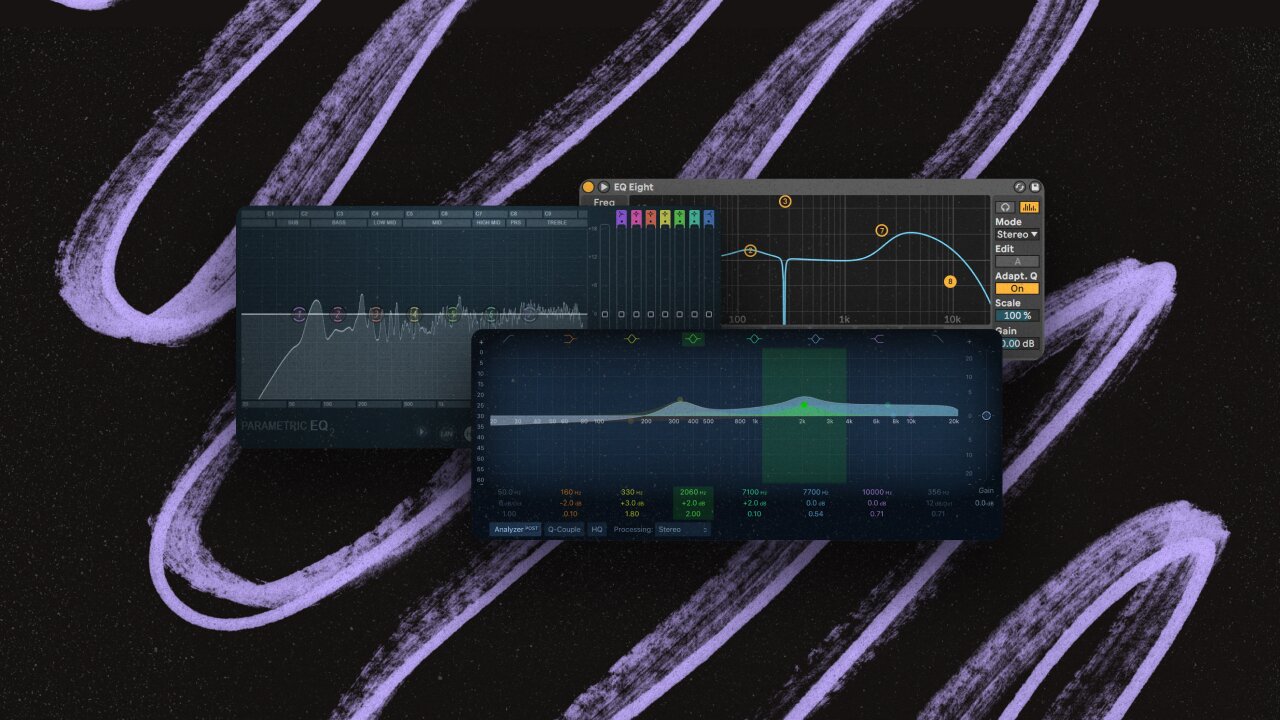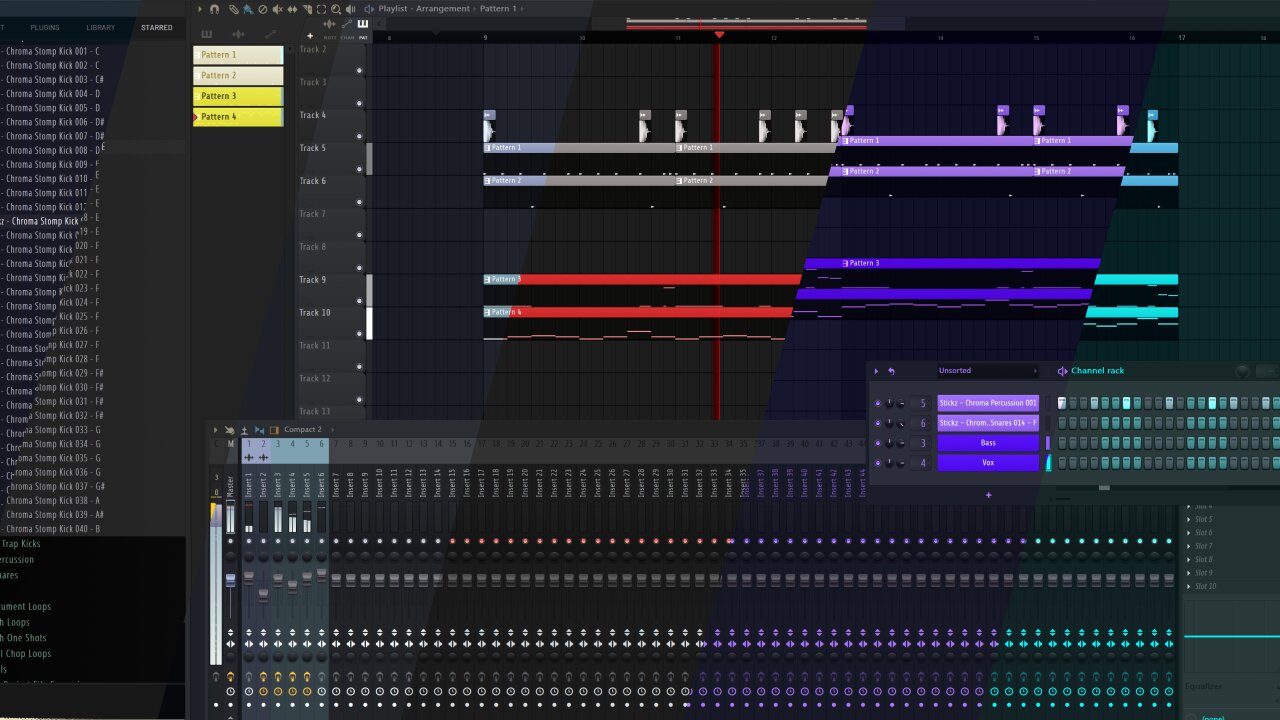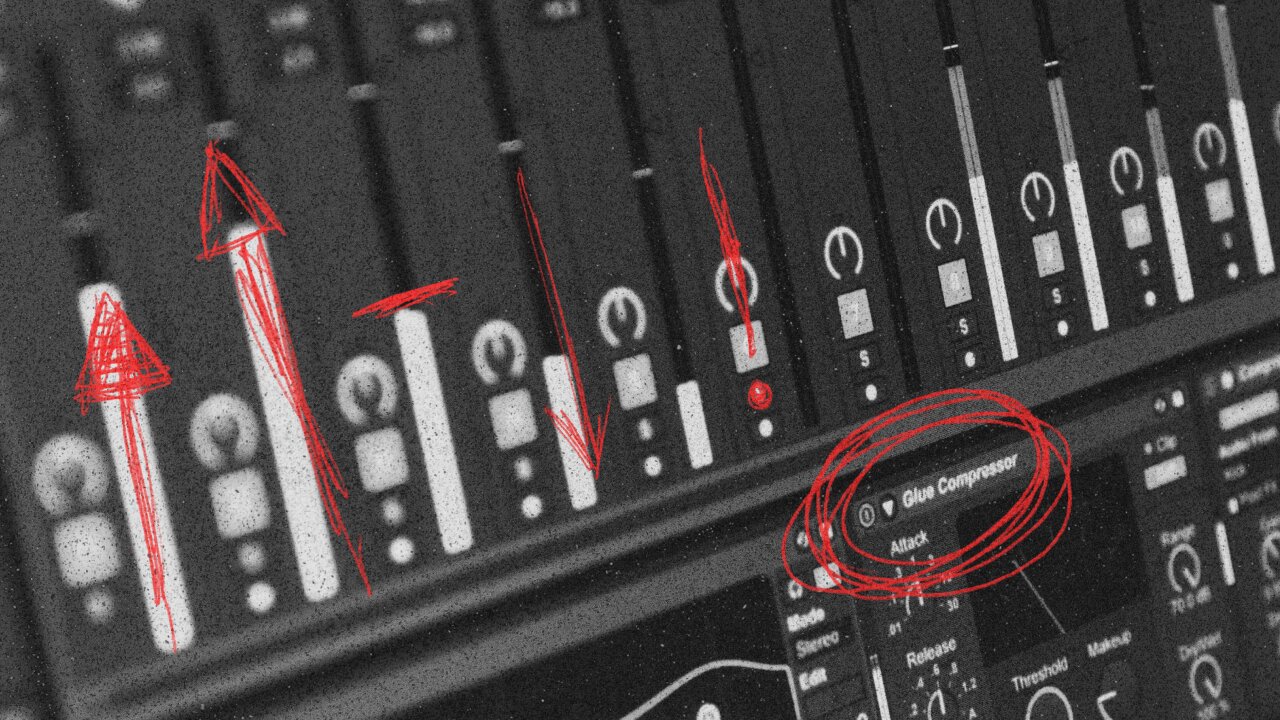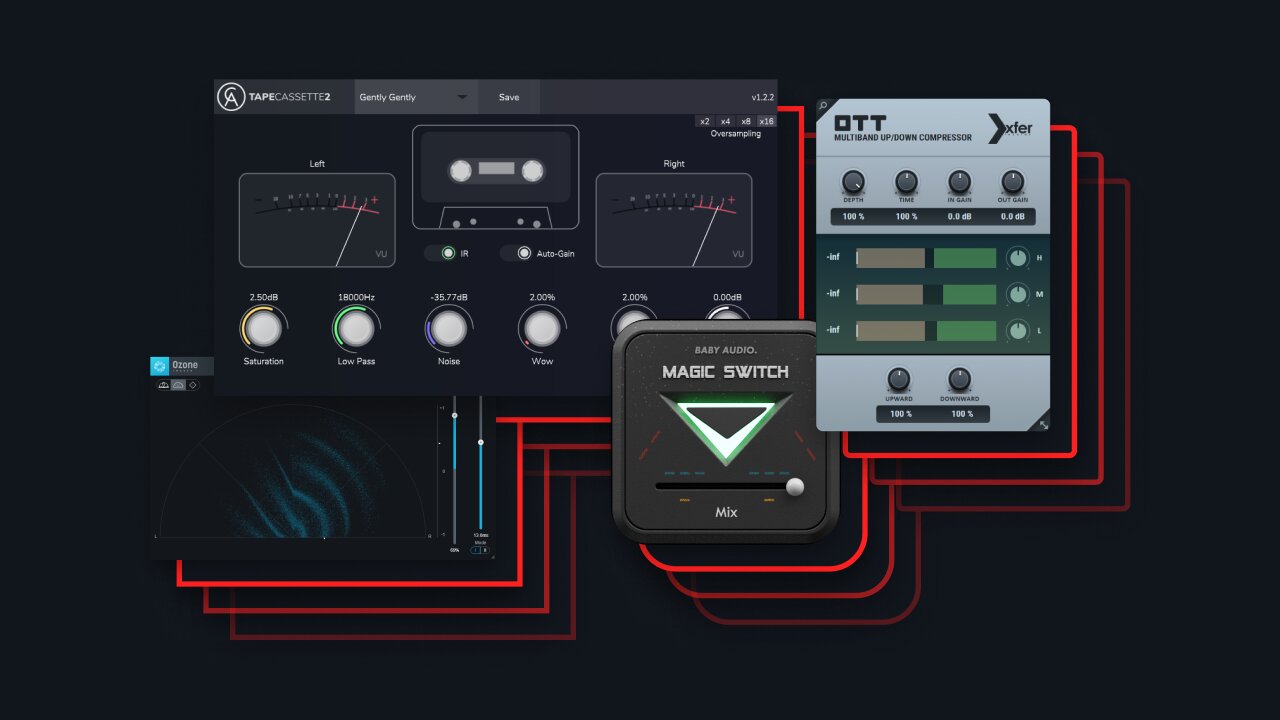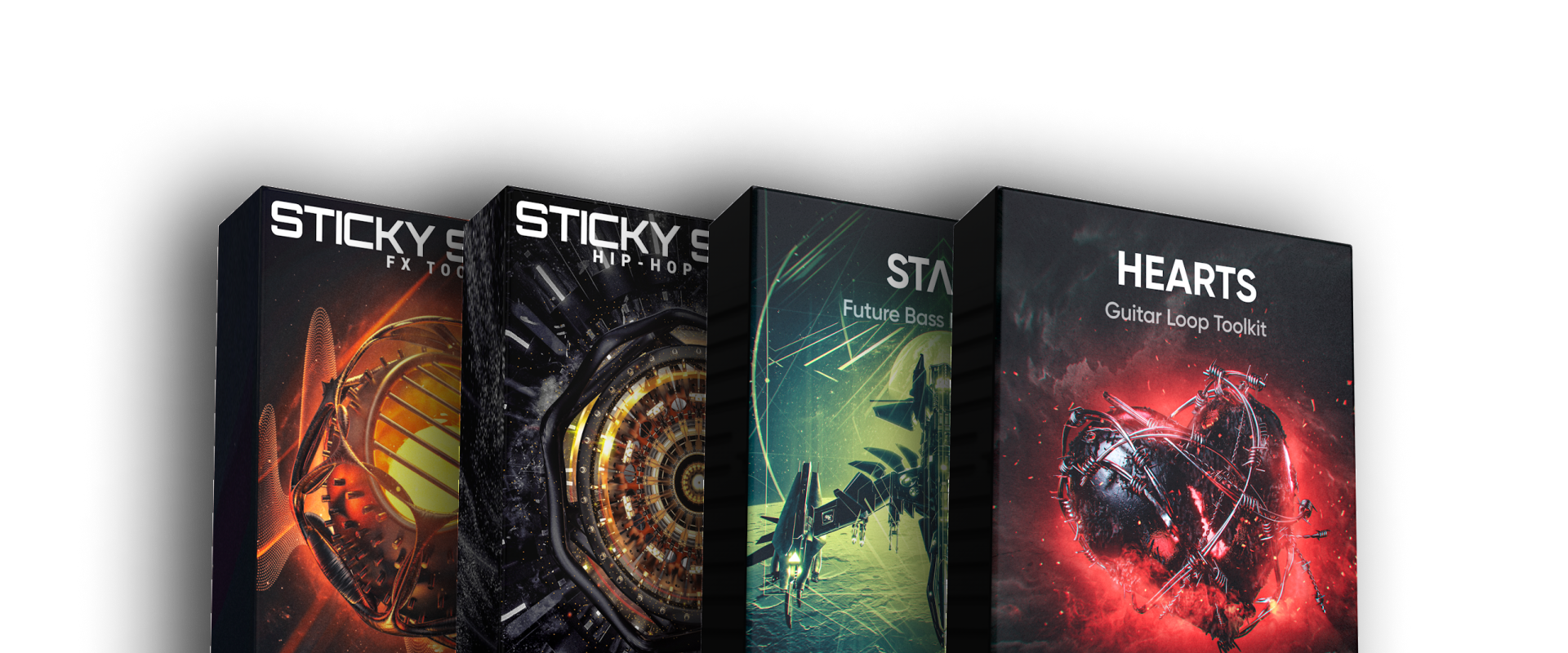How to write melodies: 5 tips for memorable melodies
Different factors make a song great, but the melody is arguably the most crucial part. So let’s discuss how to write melodies that are catchy.
We’re mainly going to focus on how producers can write catchy melodies for EDM and Pop. However, even if you produce other genres or are a vocalist who wants to work on their vocal melodies, these tips, tricks, and techniques should still help and give you a good insight into what makes a melody work.
While creating a good melody can be decently hard to pull off, here are our 5 tips on how to write melodies that’ll be more catchy and memorable.
1. Chords matter. A lot.
A good melody needs a great foundation—a chord progression. Writing an exciting melody on top will be challenging if your chords are boring or don’t make sense together.
So while it’s not necessary to start writing chords before a melody, most producers agree that it makes the melody writing process more manageable. Especially when you don’t have any melodies in mind and are trying to come up with something from scratch.
There’s a whole different science to writing a solid chord progression that we won’t discuss here. However, if you have a difficult time coming up with good chords yourself, try copying the chords of another song you like. Only a handful of popular chord progressions are actively used, so copying them is no problem.
To demonstrate, let’s take the chords and melody from “No Sleep” by Martin Garrix and replace just the chord progression.
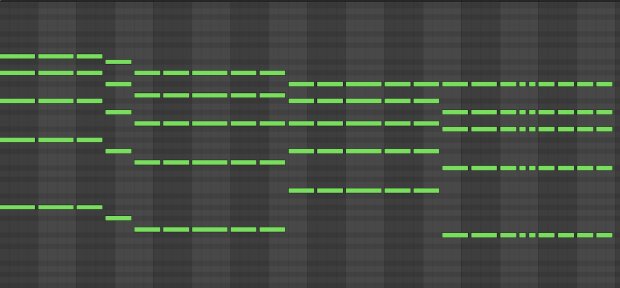
ORIGINAL CHORDS
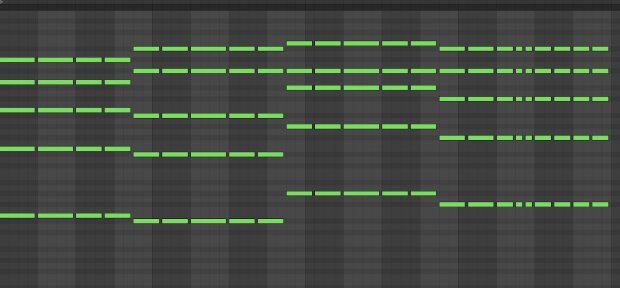
OTHER RANDOM CHORDS
Even though our new chord progression is perfectly in key with the melody, it still doesn’t sound that great. Why? Every melody has one or two focus notes per section that should be present in the chords underneath.
For example, suppose you have a basic Cmaj chord (C-E-G). In that case, the melody on top of it should ideally be focused around the note C, E, or G. If you ignore this, your melody and chords will not harmonize. This gives you that strange feeling that something sounds off even though, melodically, nothing is off.
2. Repetition is the key.
You probably already heard that most catchy pop melodies are simple. That’s because they repeat a lot. So to keep your melody memorable, it should be easy to sing along to. It’s a good sign if you can easily hum your melody in your head. However, if it’s too complex, you’ll quickly notice that just humming to it becomes a difficult task.
A good example would be the song “Happier” by Marshmello. Listen to the original melody below and the more complex version we came up with.

ORIGINAL MELODY

COMPLEX MELODY
The complex version doesn’t sound terrible, but it’s not good either. The only reason it sounds “ok” is that it’s in key and somewhat matches the chords. But other than that, it’s too hard to follow and uses too many different notes in the scale. This is by far the most common mistake.
3. Structure: Call and response
Giving your melody structure is another vital part. If your melody has a cohesive structure, it’s immediately going to be more predictable—and if it’s predictable, it’s typically catchy and memorable.
Since you’re most likely working in the 4:4 time signature, your melody will be divided into 4 sections. If you’re using another time signature, you’re advanced enough to not read a “how to write melodies” article anyway.
There are lots of different structures you can make use of, but the most common ones are probably “A-B1-A-B2”, “A-B1-B2-B3”, and “A1-A2-A1-B”. Let’s go over some examples.
A-B1-A-B2 example.
This structure is likely the most common one since it’s simple and just works. You start with a call (A) and answer it with a response (B1). You then repeat the same call (A) and respond with a slightly different response (B2).
For example, we can again use the song “Happier” by Marshmello, which uses this structure perfectly.

A-B1-B2-B3 example.
This one’s not the most common structure, but when it works, it’s typically really catchy. It starts with a simple call (A) and is answered with the 3 responses (B1-B2-B3). However, the responses are always slightly different.
A good example would be the break melody from “Animals” by Martin Garrix.

A1-A2-A1-B example.
This one is also a more popular structure that starts with a call (A1), followed by a slightly different call (A2), followed by the exact first call (A1), and then finishes off with the response (B).
A wonderful melody that uses this structure is “Shelter” by Porter Robinson & Madeon.

Try it yourself.
There are, of course, a lot more structures out there. Just grab one of your favorite melodies from another song and recreate it or grab the MIDI off the internet. Once you look at it in a piano roll, you’ll quickly notice that it’s always cohesively structured, like our examples above.
4. Take it out of the piano roll.
No matter what instrument your play it on, a good melody will always sound good. However, as a producer, you can use your production skills to further spice up your melodies.
Use effects like delay, reverb swells, pitch automation, and other production-related effects to your advantage. This will give your melody more life by adding movement to it. Automation is your best friend here. While this rarely turns a bad melody into a good one, it can make a good melody sound great.
Even vocalists who know how to write melodies can greatly benefit from creative effects on vocal runs and adlibs. Think of pitching, stretching, formant-shifting, reverb and delay throws, distortion, and other effects. This kind of processing is perfect for polishing already great vocal melodies.
5. Chop up loops.
If you have trouble coming up with solid melody ideas, put the piano roll aside and start chopping up royalty-free melody loops and vocal chops. You can use this trick if inspiration simply isn’t hitting you or you don’t know how to write melodies whatsoever.
Simply find a cool piano loop, synth loop, or even vocal chop loop, and slice it into multiple pieces to play with. Your DAW probably has a plugin for this, like the “Fruity Slicer” plugin in FL Studio, for example.
This is more of a fun and experimental way of generating melody ideas that you would have never come up with. We took a vocal chop loop from our CHROMA EDM sample pack and re-chopped it until we came up with a beautiful new melody.

ORIGINAL LOOP

CHOPPED UP LOOP
NEW MELODY
Of course, you don’t have to use the melody combined with the chopped loop. Instead, you can easily recreate the new melody in the piano roll, as we did, and compose a whole new song around it.
Bonus beginner tip: Stay in key
If you’re new to making music and have no music theory knowledge, you can improve your melodies by learning how to keep them in key. If you’re a complete beginner and don’t know how to write melodies at all, this is crucial.
Simply put, keys and scales give you certain boundaries to stay within to come up with musically “correct” melodies. Every song is in a particular key, and that key has a specific set of notes you’re meant to use. Unless you know what you’re doing (with different scales), using notes outside your key will result in melodies that simply sound wrong.
Think of it as a bad singer. Ever heard someone sing along to a song and not hit a single correct note? Sounds terrible, we know. But that’s precisely what happens if you’re making melodies blindly and not using notes you’re meant to use.
Since this is another topic that needs much more explaining, check out this awesome video by Andrew Huang, who explains the basics of music theory fast and easy.


